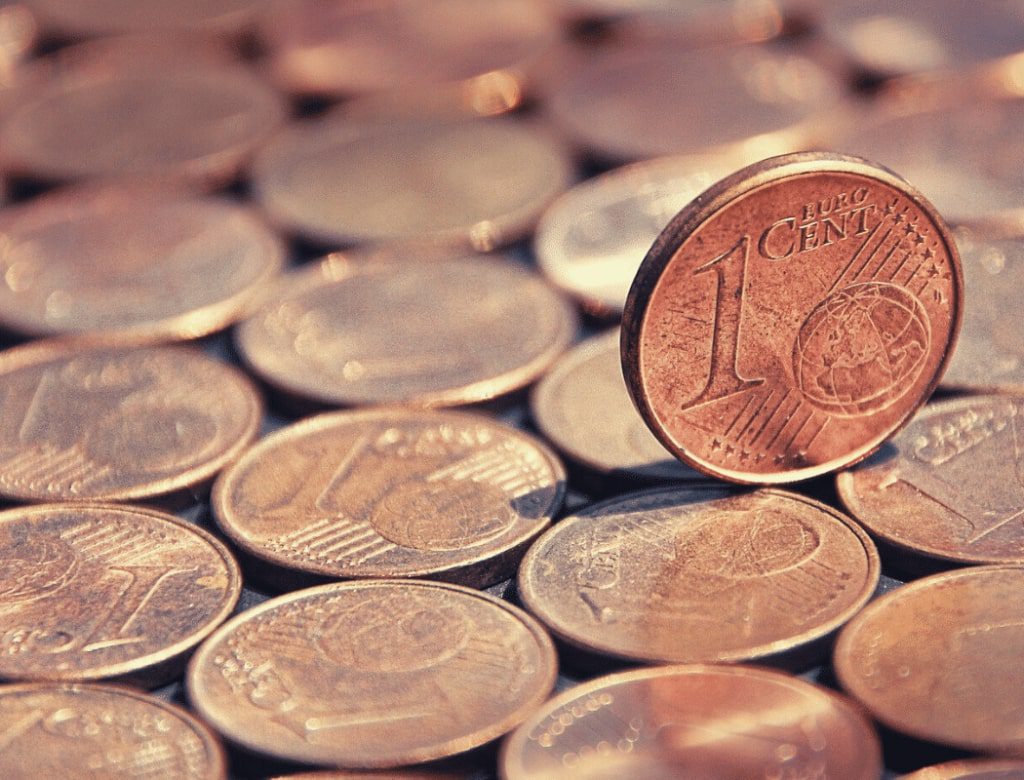Traditionally, International Saving Day, what World Savings Day is called, too, takes place on October 31st each year. By now, in Germany and Austria it’s been anticipated to the last workday of the month, since in many federal states, 31st of October is Reformation Day, a national holiday.
World Savings Day has been a fix date since decades. In some countries it’s more important than in others. In some places it was completely abolished, while especially in emerging nations it has since gained in significance.
The first International Saving Day ever took place on October 31st, 1925, after it had been established by 27 countries a year earlier at the International Thrift Congress in Milan in the context of the foundation of the World Savings and Retails Banking Institutes.
Initiating European nations were Austria, Germany, Italy, Belgium, Bulgaria, Denmark, Finland, France, Greece, Great Britain, Yugoslavia, Latvia, Luxembourg, the Netherlands, Poland, Romania, Sieden, Switzerland, Spain, the Czech Republic, and Hungary.
Among the non-European founding countries there were Argentina, Australia, Brazil, Chile, Japan, Uruguay, and the US of A. Over the past couple of years, further nations have established a Savings Day, too, some of which were Azerbaijan, Georgia, Mexico, and Mozambique.
What Is International Saving Day Supposed To Achieve?
The significance of World Savings Day has shifted a little over the last decades. Of course, first and foremost, it shall promote the idea of saving among all social classes. But the original notion was that of a pedagogic effect. The initiators hoped to educate people more in terms of saving and managing their finances. They hoped to manifest the idea of saving money as a phenomenon in society as a whole.
Maybe you can recall your childhood days?! Often, it was school kids who saved up their pocket money and took their piggy banks to the bank to have their savings deposited in a savings account. Many banks and savings banks rewarded them with small presents. And this reward system is exactly what many critics consider to undermine the original idea of World Savings Day: banks (mis-) use International Saving Day as an occasion to sell their investment products.
This way, the pedagogic keynote took a backseat and World Savings Day has dwindled into a mere marketing and sales campaign, which primarily serves to promote their financial products rather than encouraging financial literacy.
If you want to know, which types and products of investment are really worthwhile and profitable, our financial experts happily offer you independent, neutral, individual — and free — advice:
[maxbutton id=”1″ text=”E-mail Us!” ]
The Significance Of Private Saving
Saving money is an important pillar of the economy. How much a national economy saves up, is expressed by the saving ratio. This key indicator determines which percentage of the available income is being saved on average. In Germany, said saving ratio amounts to round about 10%.
This means that every citizen puts aside roughly a tenth of his income. The classic savings book is still most common type of saving. Especially among women, the savings book is still outstandingly popular, even in 2019 — although it’s long been a losing bargain due to current interest rate policy. However, this saving behavior also perfectly demonstrates the high risk awareness among Germans.
And yet, there are so many different, often more profitable ways of saving money. Depositing money in a savings account provides but little, if not negative interests. Hence, one might even lose money this way. Others put their savings “under their pillow”, just like their grannies used to do, where their assets cannot work for them at all and are at the sheer mercy of inflation.
Apart from these traditional, not to say outdated, types of saving, there are, in fact, riskier ways, such as stock speculation. Some investors achieve rather high yields this way, but they also take enormously higher risks. So, basically, an investor is prone to lose all his or her savings, if they back the wrong horse.
Over the past years, another way of saving has emerged: investing in ETFs (exchange traded funds). These basically track and map a share index priorly picked by investors and savers. ETFs offer a low-cost and less-risk investment type, which makes them especially interesting for private investors, since they can let their assets work in their favor this way. Hence, their assets can grow long-term.
Find further information on saving with ETFs on our FinMarie blog. Just sign up for our newsletter and receive all news and updates via e-mail.
[mailerlite_form form_id=1]






